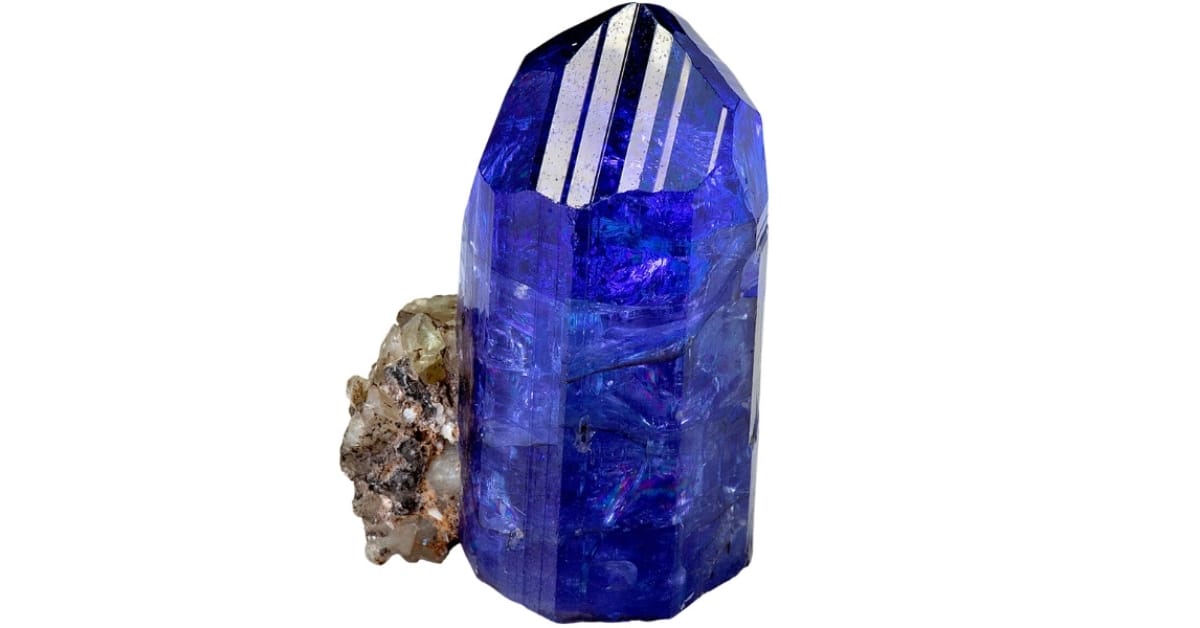Do you know the feeling of winning the lottery? That’s the thrill of discovering one of the world’s rarest crystals. For collectors and enthusiasts, the hunt for these rare gemstones is a journey filled with anticipation and wonder.
In this article, we’ll get to know the rarest crystals on Earth and discover what makes each of them unique and special. Join us as we get reminded of how vast and incredible the world of minerals is by getting to know its most well-hidden treasures!
Rarest Crystals Out There
Imagine finding a crystal so rare, it’s like uncovering a hidden treasure no one else has seen. As you read about each rare crystal here, it might feel like you’ve stepped into a secret part of nature’s gallery, where every gem tells an epic story.
Painite

For many years, painite was listed as the world’s rarest gemstone. It was so rare that only a couple of specimens were known.
Painite looks amazing with its brown to reddish-brown colors. It shines in the light and has a unique sparkle.
This gem is so rare because it forms under very specific conditions that don’t happen very often. Finding it is like finding a buried treasure because there were only a few known to exist for a long time.
Benitoite

Benitoite catches your eye with its deep blue color, almost like the night sky. It has a unique sparkle because of its special crystal shape.
This gem forms in very special conditions that are hard to find, making benitoite quite rare. Not many gems look like it, so when you see it, you know it’s something special.
Aside from being one of the rarest crystals on Earth, another interesting fact about benitoite is that it’s the official state gem of California.
Taaffeite

Taaffeite stands out because of its rarity and stunning colors. Imagine a stone that can be pink, violet, or even a bit red, sparkling like a tiny piece of the sky at sunset.
Most gems are found pretty often, but taaffeite? It’s like finding a needle in a haystack. It’s formed under specific conditions that aren’t very common, which adds to its uniqueness.
In the past, it was even mistaken for a spinel because they look so alike. But eventually, it was found out to be something totally new.
Poudretteite

Poudretteite is a rare gem with a beautiful pink color, reminding you of a gentle sunrise. Its sparkle is truly unique, making it stand out among other gems.
Its rarity comes from being discovered in just a few places, mainly in Canada and Madagascar, making it a rare find for anyone.
It’s named after the Poudrette family, who ran the quarry where poudretteite was first found, adding a personal story to its discovery.
Black Opal
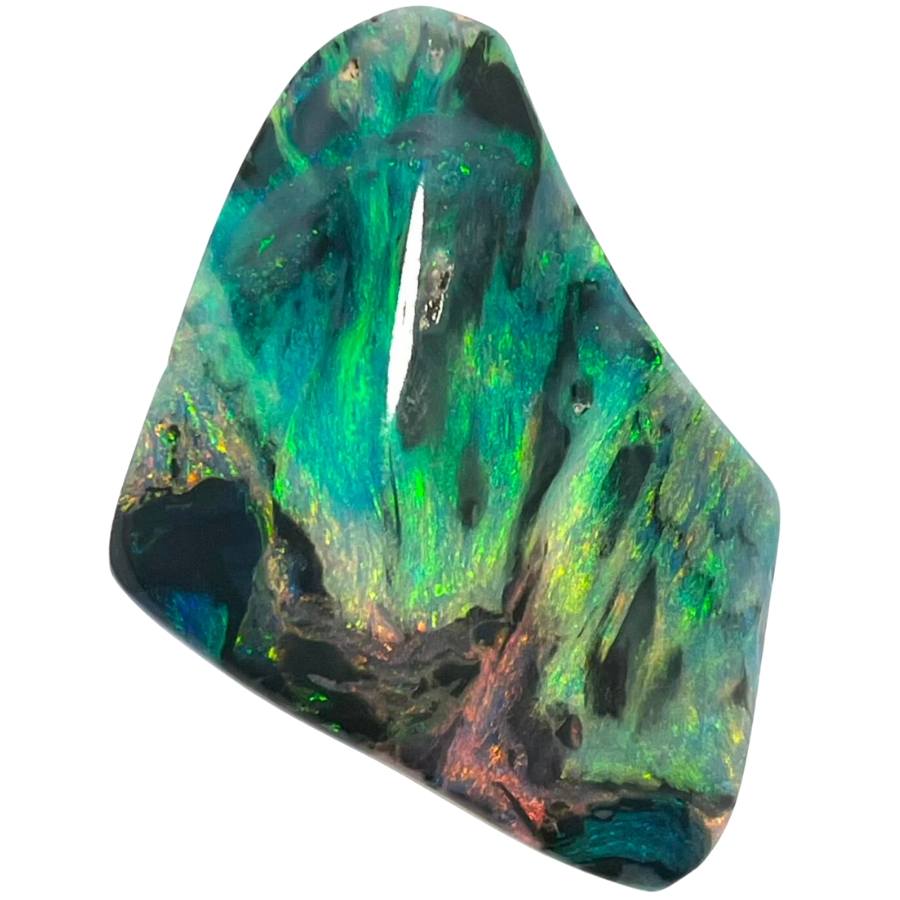
Black opal is a stunning gem that stands out because of its dark body color, which makes the rainbow-like colors on its surface pop even more.
It’s formed over millions of years, as water runs down through the Earth, picking up silica from sandstone, and then deposits it in cracks and voids, where it hardens into opal.
What makes black opal so special is its rarity; it’s considered the rarest, most valuable, and most sought-after type of opal.
Pink Star Diamond
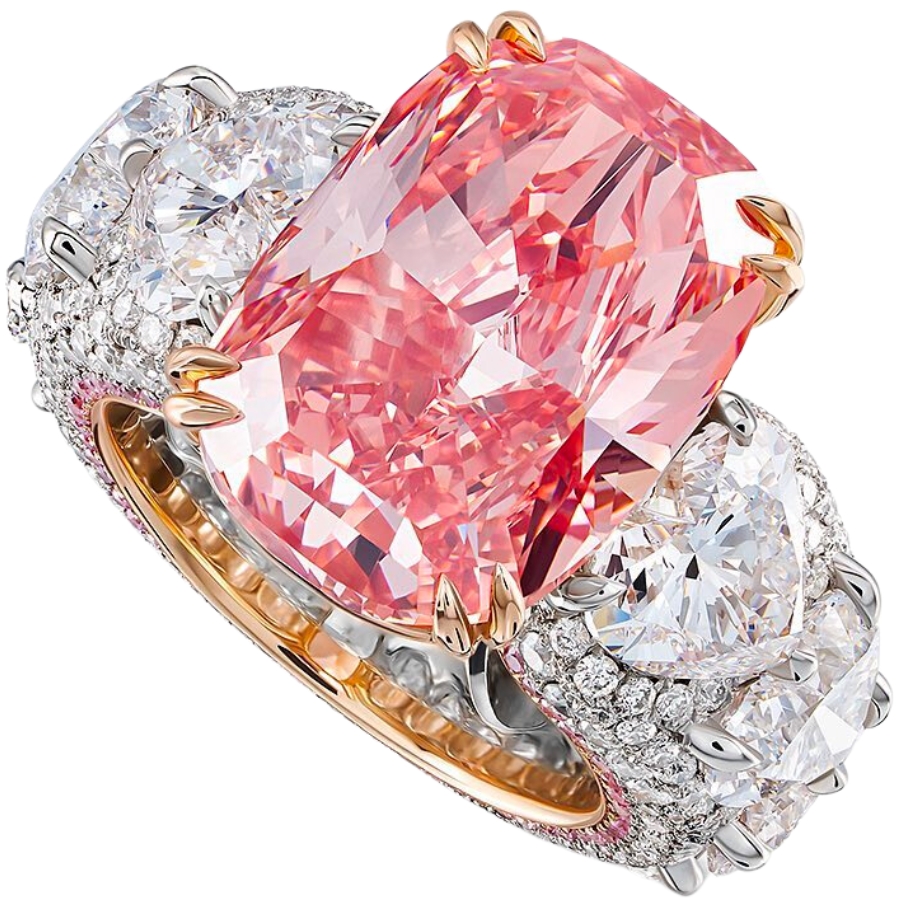
Pink star diamond is a breathtaking type of diamond with a vibrant pink color that captures everyone’s attention. Its size and the intensity of its color are what make it incredibly rare.
Diamonds are formed deep within the earth under extreme heat and pressure, and it’s this unique environment that gives the pink star diamond its stunning hue. It’s one of the largest known pink diamonds in the world.
Because of this, it set a record for the highest price ever paid for a gemstone at auction, highlighting its rarity and high demand.
Jadeite

Jadeite has a smooth, rich green color, making it really beautiful to look at. It’s considered rare because its best quality, which has that deep, translucent green, isn’t easy to come by.
The value of jadeite is not just based on its looks but also because finding high-quality pieces is quite a challenge.
It’s often more prized than gold in some cultures, showing just how much value is placed on this stunning gem. This high regard highlights its uniqueness and the special place it holds.
Tanzanite

Tanzanite catches your eye with its stunning blue and violet colors. It’s rare because it’s only found in one place in the world. This makes it very special, as you can’t just find it anywhere, just in the the Manyara Region in Tanzania.
Its unique origin means there’s only a limited amount of it, making each piece even more precious.
A thing about this gem is that it was discovered in the 1960s, making it one of the newest gems on the market.
Padparadscha Sapphire

Padparadscha sapphire has a stunning mix of pink and orange, making it look like a tropical sunset. This sapphire color is rare. Finding the perfect blend of its unique hues is tough.
Only a few places have the right conditions to form this gem, and even then, it’s rare to find one that matches the ideal color mix that makes padparadscha so prized.
A fun fact about padparadscha sapphire is that its name comes from the Sanskrit word for “lotus flower,” which matches its lovely color.
Red Beryl (Bixbite)

Red beryl or bixbite is a gem that stands out with its bright red color, kind of like ruby but even rarer.
It’s rare because it’s only found in specific conditions that don’t happen very often. This means there aren’t many places where red beryl can be found, and even when it is, there aren’t many of them.
It’s sometimes marketed as “red emerald” because of its rarity and beauty, even though it’s a totally different gem.
Grandidierite
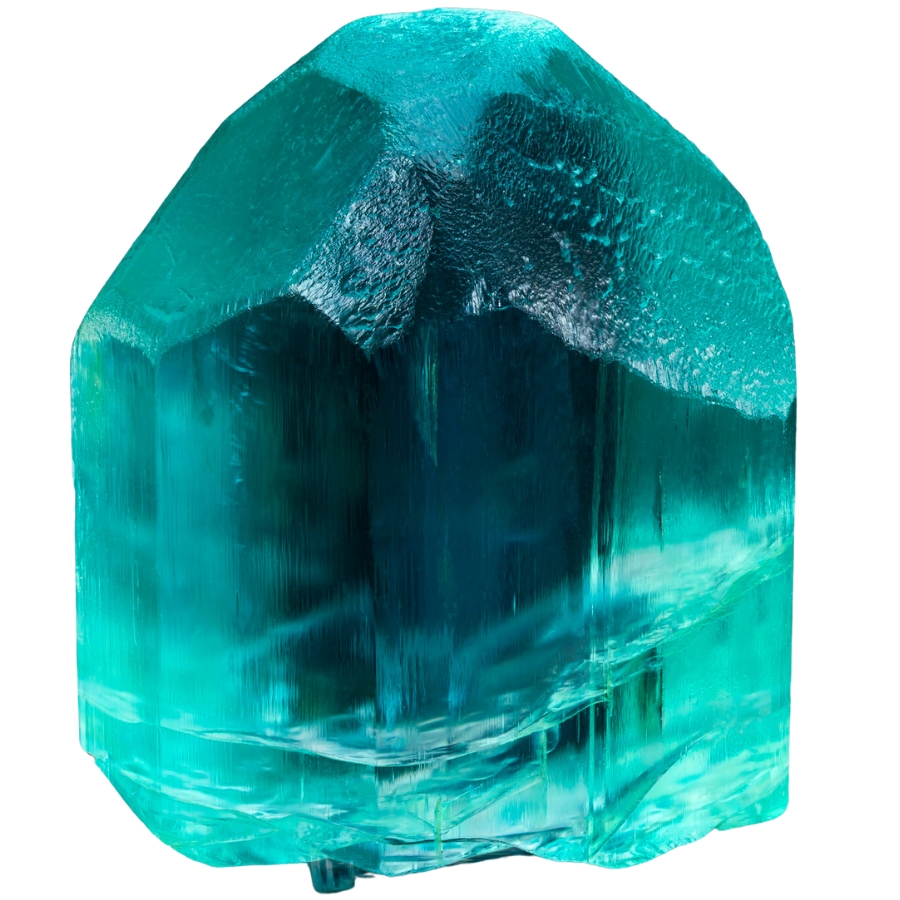
Grandidierite has a stunning blue-green color that almost looks like the ocean in a stone. It was named after French explorer, Alfred Grandidier, who was known for his work on the geography of Madagascar.
It’s rare because it’s mostly found in Madagascar, and even there, it’s not common.
This means there are only a few specimens of grandidierite out there, making it a real find for anyone who comes across it.
Alexandrite
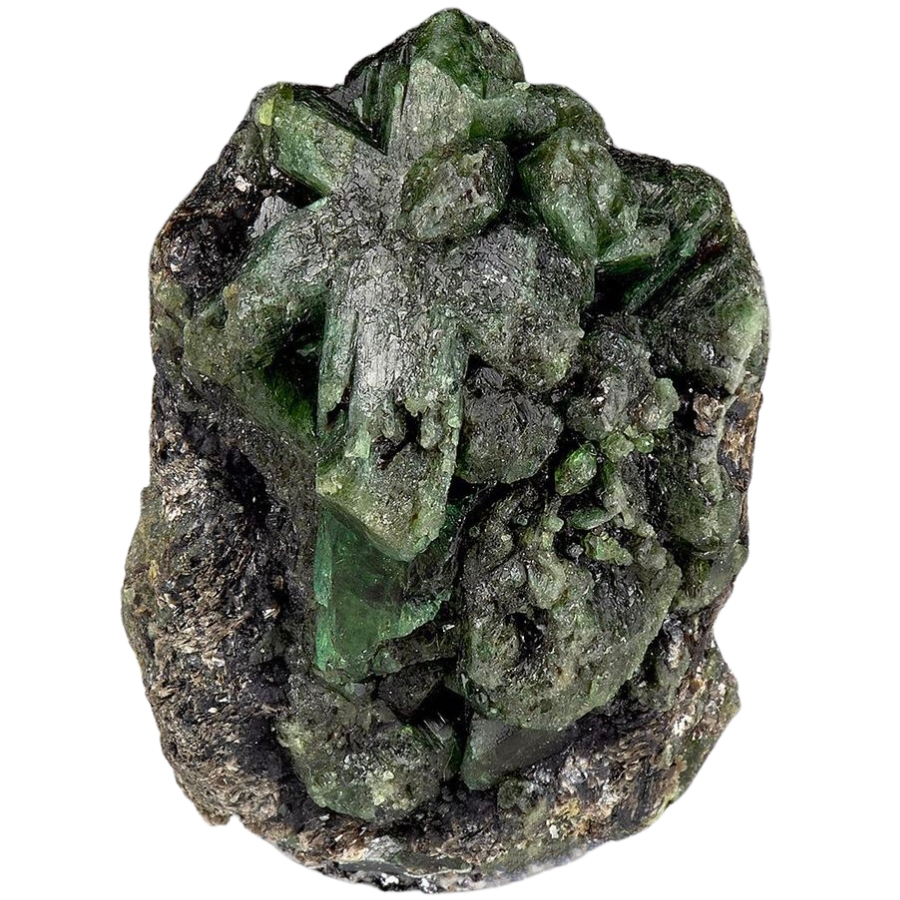
Alexandrite changes color! In daylight, it’s a cool bluish-green. But under lamplight, it turns to a soft reddish-purple. This makes it quite easy to identify alexandrite.
It was named after the Russian Tsar Alexander II. The gem’s ability to change colors made it super popular and a symbol of royal elegance.
This rare gem is mainly found in Russia, Brazil, and Sri Lanka, making it special because it’s not found in many places. Its unique color-change ability adds to its rarity, plus there just aren’t a lot of them out there.
Serendibite
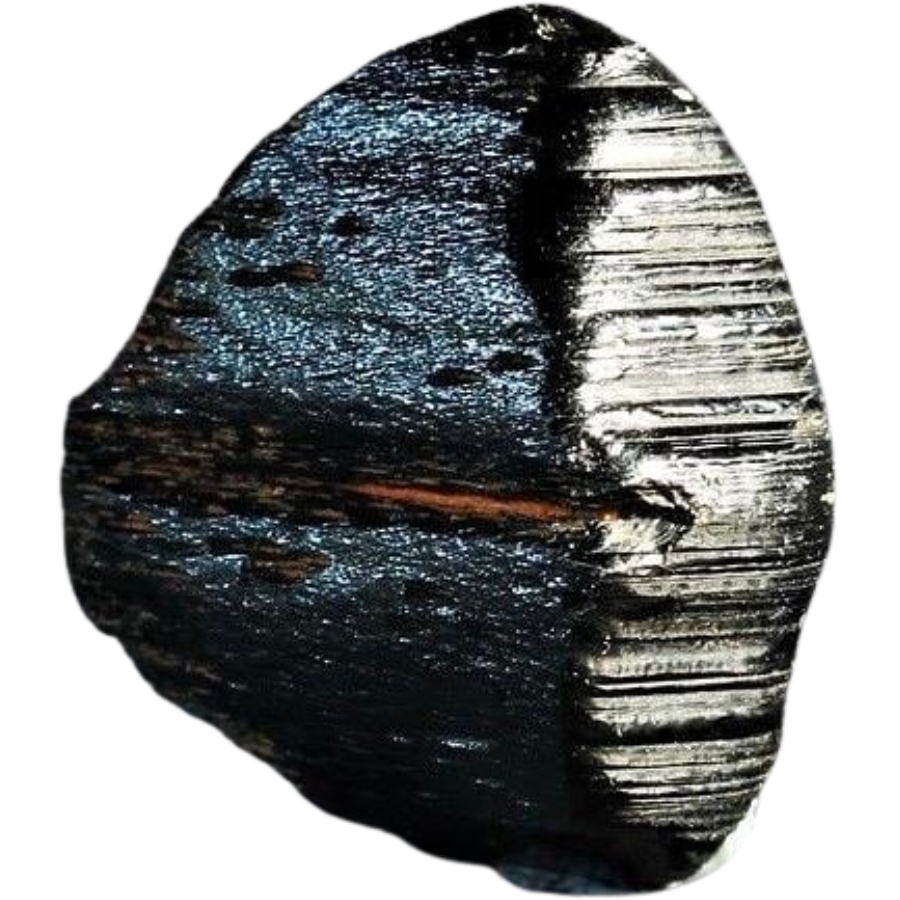
Serendibite is a rare gem that has a deep blue or greenish-blue color. It’s so rare because it’s mostly found in just a couple of places: Sri Lanka and Myanmar.
The name “serendibite” comes from “Serendib,” an old name for Sri Lanka, where this gem was first discovered.
This makes finding serendibite a big deal since there are only a few of these gems around. Its rarity comes from its unique color and the specific conditions needed to form it.
Musgravite

Musgravite is mostly grayish-green or violet and looks pretty cool because of its unique color.
It’s super rare because it’s found in only a few places like Australia, Greenland, and Madagascar. Another reason it’s so rare is that it was only discovered in 1967, which isn’t that long ago for a gemstone.
Musgravite is related to another gem called taaffeite, which is also rare.
Jeremejevite
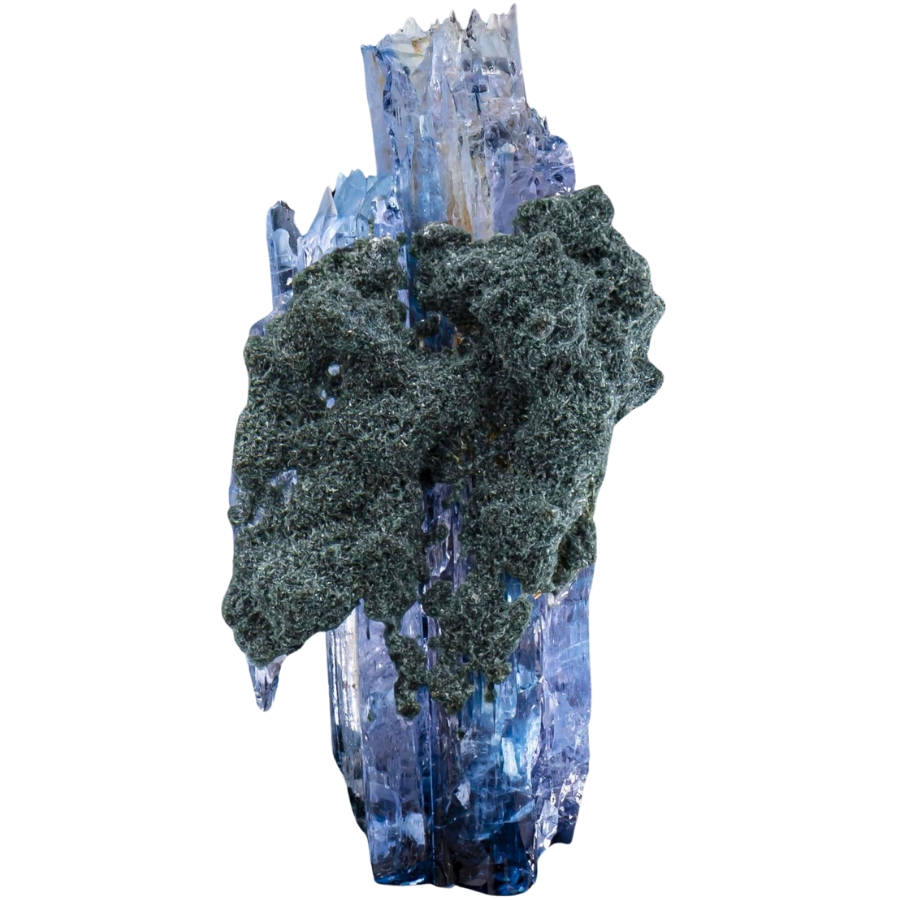
Jeremejevite comes in colors like sky blue, pale yellow, and even clear like water.
It’s rare because it’s found in just a few places, mainly in Namibia and occasionally in Madagascar. It was discovered in 1883 and named after a Russian scientist, Pavel Jeremejev, who found it.
What’s amazing about jeremejevite is that despite its rarity, it has this amazing clarity and sparkle that catches the eye.
Hibonite
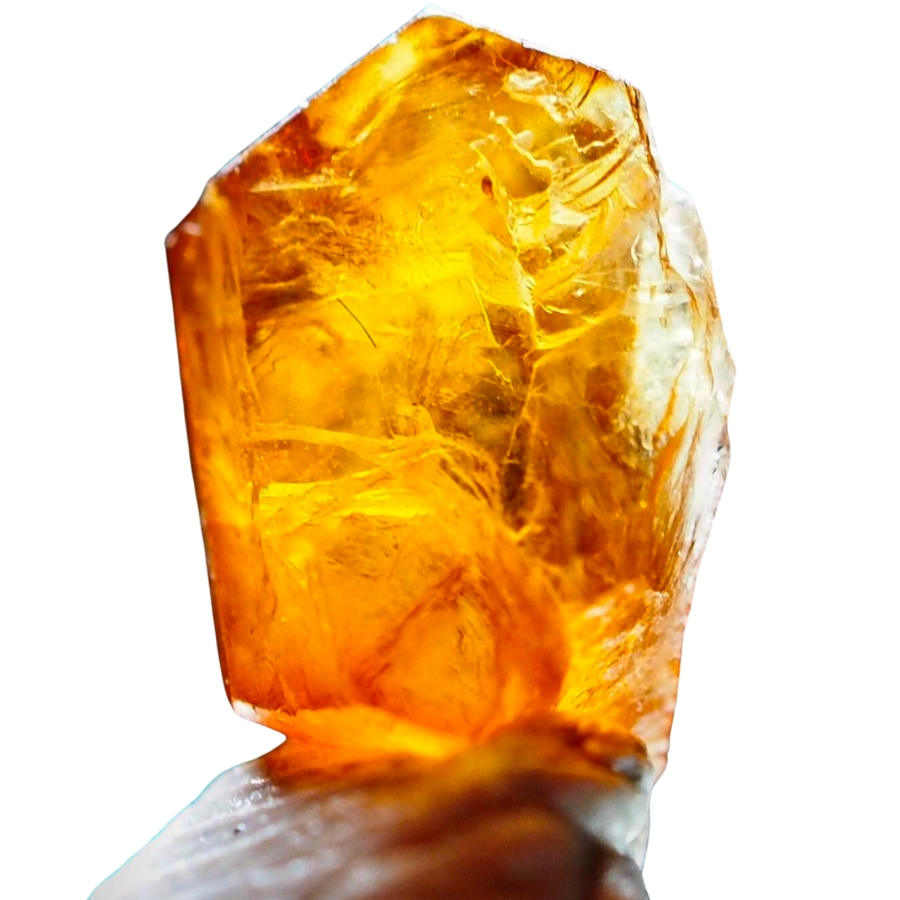
Hibonite is a gem that has deep yellow to dark blue and black colors, making it look like the night sky. It’s rare because it’s mostly found in places like Madagascar and some parts of Antarctica.
This makes hibonite a special find, as there aren’t many places where you can discover this gem.
It’s one of the first minerals formed in the solar system, which is pretty cool when you think about how old it is.
Paraiba Tourmaline
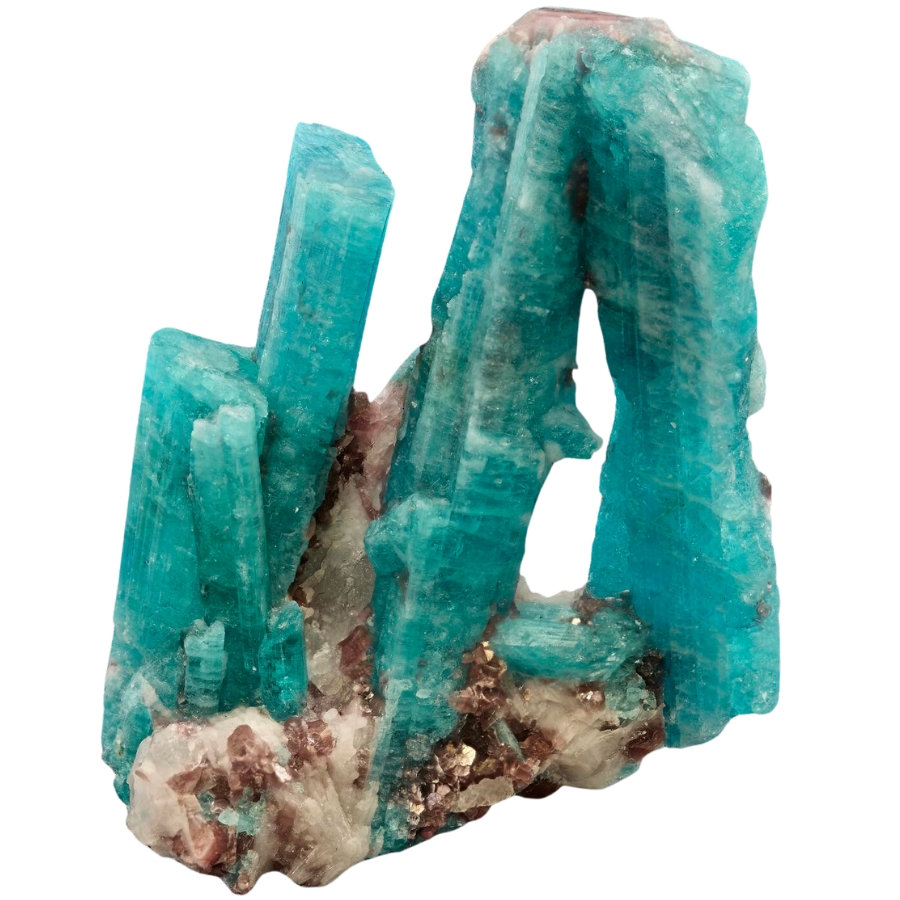
Paraiba tourmaline lights up with neon blues and greens, making it look like something from another world. It’s mostly found in Brazil’s Paraiba state, and later discoveries were made in Nigeria and Mozambique.
What makes it so special is its vivid color, caused by copper. This makes Paraiba tourmaline’s value high as it’s different from other tourmalines and is hard to find, with only a few mines producing it.
It was only discovered in the 1980s, making it a relatively new gem compared to others.
Cobaltian Calcite

Cobaltian calcite stands out because of its vibrant pink color, which can range from light to deep shades. This specific type of calcite gets its unique pink color from cobalt.
It’s found in a few places like the Democratic Republic of Congo and Morocco. What makes cobaltian calcite so special is not just its color but also how it’s not as common as other calcite varieties.
It’s also known as “sphaerocobaltite” in the mineral world. Its bright pink hue makes it a favorite for those who discover it.

